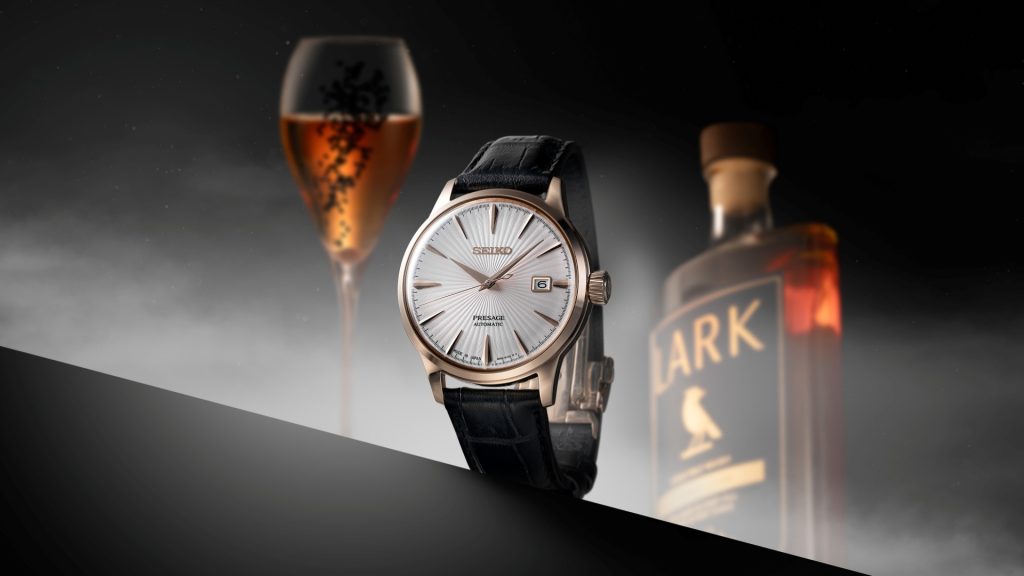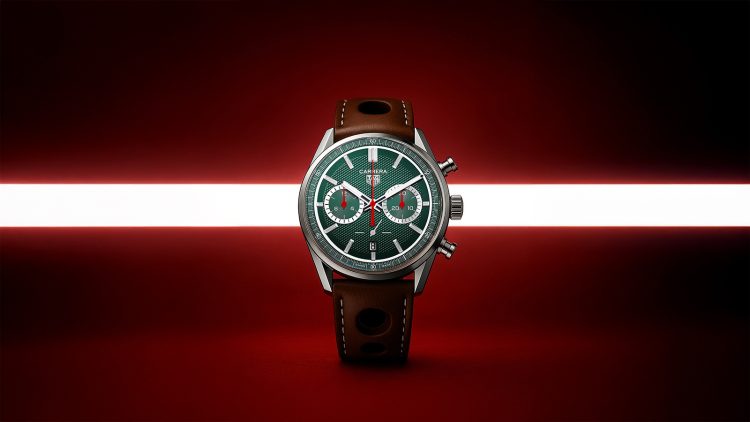In an era dominated by digital convenience, one might expect mechanical watches to fall further into obsolescence. Instead, a fascinating cultural and market trend is emerging: smartwatches, rather than erasing the appeal of traditional timepieces, are ironically fostering a new wave of interest in mechanical watches. As users become more aware of the contrasts between digital efficiency and analog craftsmanship, many are transitioning from smart, screen-heavy wristwear to the tactile artistry and timeless appeal of mechanical watches.
This article explores the data revealing this reverse migration, identifies the ideal mechanical watches for tech-savvy converts, and delves into the rising popularity of hybrid models that blend both worlds.
Data Showing Conversion Rates From Digital to Analog
Recent industry surveys and sales data from leading watch retailers reveal an intriguing pattern. While smartwatches continue to dominate in volume, the rate at which owners are purchasing mechanical watches as secondary or replacement pieces is climbing steadily.
A 2024 survey by WatchInsight Analytics polled over 3,000 smartwatch owners worldwide and found:
- Approximately 35% of respondents have bought a mechanical watch within the past two years.
- Of those buyers, 60% cited “a desire for craftsmanship and tradition” as their primary motivation.
- Nearly half reported feeling “digitally fatigued” by constant notifications, preferring the analog simplicity of mechanical timekeeping.
- The demographic skewed younger than expected, with 40% of new mechanical buyers aged 25 to 40, countering the stereotype that mechanical watches appeal mainly to older collectors.
Retail data supports these findings. Several brick-and-mortar stores specializing in mechanical watches report a surge in foot traffic from tech users wanting to “experience the tactile.” Online searches for “mechanical watch beginner” and “automatic watch for tech lovers” have risen by over 50% since 2022.
This trend reflects a broader cultural desire for tangible, enduring products in an increasingly virtual world. While smartwatches symbolize connectivity and data, mechanical watches represent heritage, artistry, and a slower, more mindful appreciation of time.
The Five Perfect Transition Watches for Tech Lovers
For digital natives accustomed to the functionality of smartwatches, diving into mechanical horology can feel daunting. The ideal “transition” watch balances traditional craftsmanship with user-friendly features, approachable price points, and a design language that resonates with tech aesthetics. Here are five watches currently favored by tech converts:
- Seiko Presage Cocktail Time
Known for its exquisite dial finishing and reliable automatic movement, the Presage Cocktail Time offers a window into traditional watchmaking without breaking the bank. Its crisp, reflective sunburst dial appeals to users familiar with screen brightness and clarity. The mechanical movement is visible through the caseback, bridging curiosity with elegance.
- Tissot PRX Powermatic 80
This model blends retro-modern design with solid Swiss automatic mechanics. Its slim profile and integrated bracelet give a sleek, contemporary feel akin to smartwatch minimalism. The Powermatic 80 movement offers 80 hours of power reserve, minimizing the need for daily winding—an attractive feature for smartwatch users used to always-on devices.
- Hamilton Khaki Field Mechanical
With its military-inspired simplicity, the Khaki Field Mechanical provides robustness and straightforward timekeeping. The manual wind movement requires daily engagement, fostering a ritualistic connection absent in digital watches. The utilitarian design is a nod to function-over-form, appealing to those who appreciate purposeful technology.

- Nomos Tangente
For enthusiasts willing to invest in entry-level luxury, Nomos offers Bauhaus-inspired minimalism with in-house mechanical movements. The Tangente’s clean dial and thin case reflect the simplicity and elegance tech users admire in smartwatches. Its mechanical nature, however, reintroduces nuance and individuality.
- Oris Aquis Date
The Oris Aquis Date combines modern tool watch aesthetics with a robust automatic caliber. Its sporty design and dive watch heritage attract active users familiar with wearable technology’s fitness tracking features. It’s a tactile reminder of mechanical engineering’s enduring durability, standing in contrast to fragile digital devices.
Each of these watches acts as a gateway—familiar enough to appeal to digital sensibilities, but with mechanical depth that invites deeper exploration.
Hybrid Solutions Gaining Popularity
Not all consumers want to abandon their smartwatches entirely. This reality has sparked growth in hybrid smart-mechanical watches that combine analog displays with discreet digital functionality. These hybrids aim to bridge the emotional and practical gap between traditional horology and connected technology.
Key hybrid features include:
- Smart Notifications Without a Screen: Vibration alerts, discreet LED signals, or hands that move to display message statuses.
- Activity Tracking in an Analog Format: Step counters, sleep monitoring, and heart rate sensors embedded without disrupting dial aesthetics.
- Long Battery Life: Hybrids often last months or years on a single battery, unlike fully digital smartwatches needing daily charging.
- Classic Watchmaking with Digital Enhancements: Brands like Garmin, Withings, and Frederique Constant offer hybrids that preserve mechanical movements alongside smart sensors.
A notable example is the Frederique Constant Hybrid Manufacture, which combines a Swiss automatic movement with a proprietary smartwatch module connected via Bluetooth. This watch displays time traditionally but tracks fitness and sleep in the background—no touchscreen required.
Hybrid watches attract buyers who want the best of both worlds: the romance and artistry of mechanical watches, plus the convenience and health insights of digital technology.
Why the Smartwatch-to-Mechanical Trend Matters
This counterintuitive movement from smart to mechanical watches signals a broader cultural shift. It highlights human desire for tactile, artisanal products amid the ephemeral digital age. Mechanical watches provide not just time, but stories, heritage, and craftsmanship that digital devices cannot replicate.
For watchmakers, this trend opens fresh opportunities to engage a younger demographic—one that values tradition but grew up digital. It challenges brands to innovate by respecting heritage while integrating modern features.
For tech lovers, the transition offers a way to slow down and reconnect with time as a physical experience, not just data points on a screen.
Conclusion
Smartwatches are no longer just digital dominators; they have unexpectedly become ambassadors for mechanical horology. By introducing new audiences to the value of analog timekeeping through contrast and curiosity, they are creating a vibrant generation of mechanical enthusiasts.
Whether through accessible transition watches or hybrid models that merge the old and new, the boundary between digital and mechanical is blurring. The result is a richer, more diverse watch landscape where craftsmanship and technology coexist—each enhancing the other.
The ticking heart of the mechanical watch beats stronger than ever, thanks in part to the very devices that seemed poised to replace it.





































